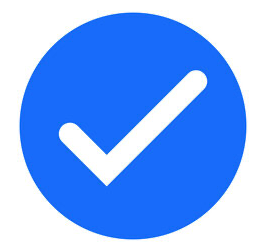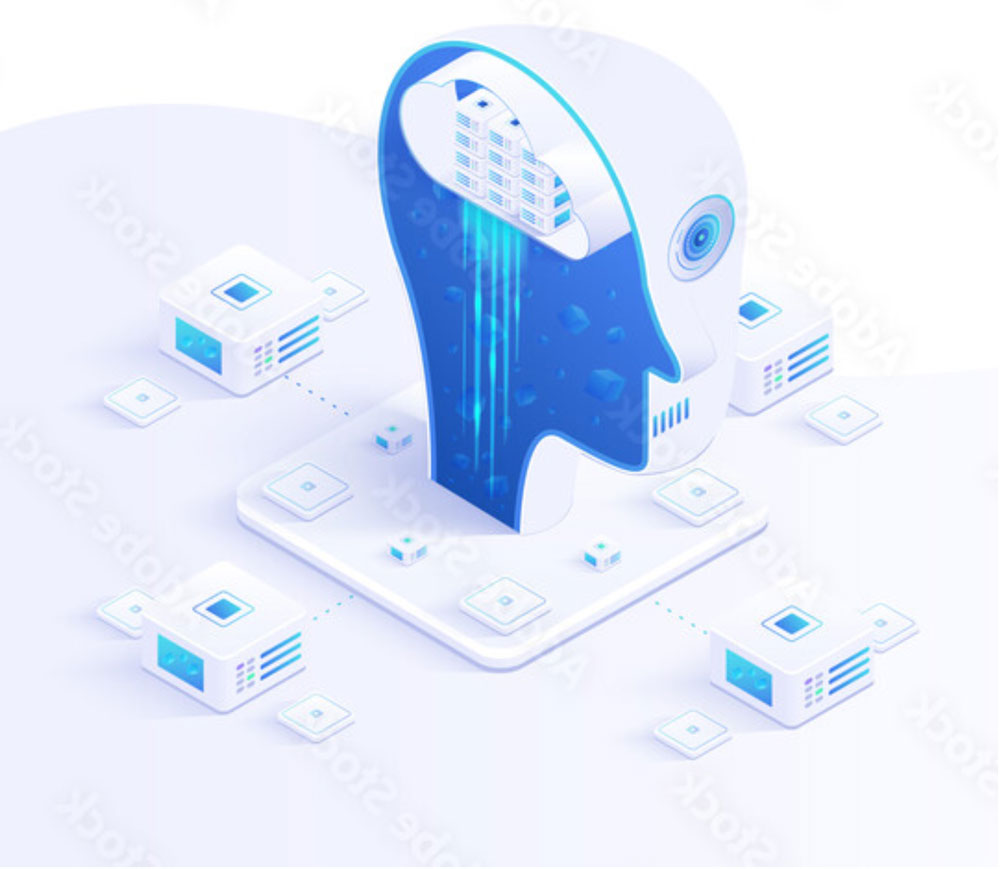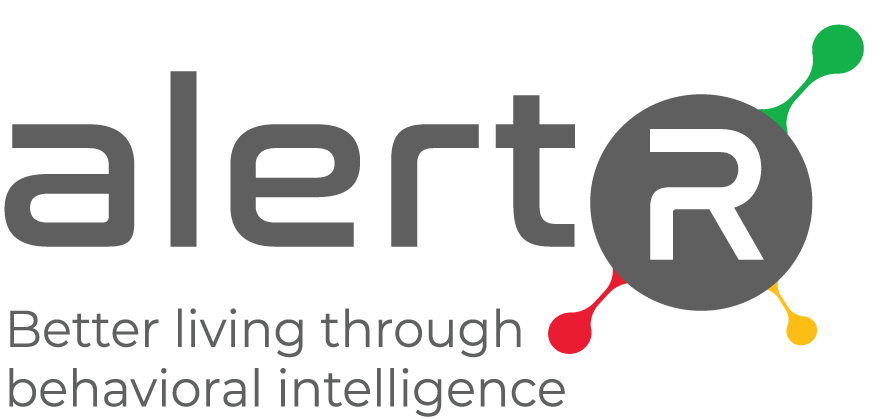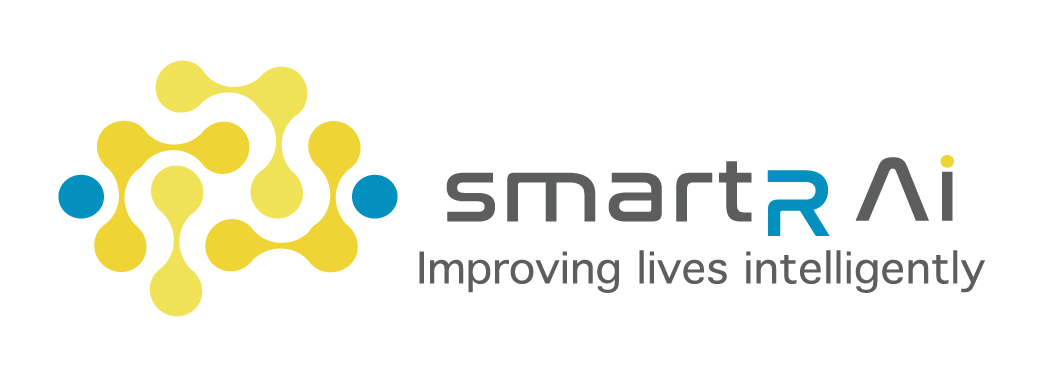AI PERSONALIZED FOR YOU
Every smartR AI project begins with you
At smartR AI, we will spend the time to learn about your business and collaborate closely with your teams to develop a customised AI solution unique to you.
Secure, private AI solutions by smartR AI
Leveraging years of award-winning expertise, smartR AI specializes in providing customized artificial intelligence models and tools that run securely within your own private ecosystem. Our core strengths include:

Private, on-premises AI models tailored to your needs

Pre-developed AI toolsuites to accelerate deployment and save costs

Vast experience solving real-world challenges with cutting-edge AI solutions

Trusted team committed to delivering safe, ethical, and high-performance AI
When considering adopting AI a major concern within organizations is that the competition or others get access to their data. At smartR AI, we prevent this happening by working with your organization’s volumes of data within the security of your own private data ecosystem.

YOUR LOYAL AI PAL
For business applications we have SCOTi® AI
SCOTi is a private model for the enterprise. It unlocks value while providing privacy, security, compliance, and cost savings. Customized for each client, SCOTi delivers high-quality, tailored results to transform how organizations automate workflows and use their data.


For health and wellness applications, we have alertR™
alertR uses AI to monitor individuals’ health and behaviors, sending customized preventive and emergency alerts to protect the vulnerable. Using data from smart devices alertR identifies deviations from normal patterns to anticipate outcomes.

TESTIMONIALS
What our clients say about us
We have a genuine customer base for our AI services and we are grateful to receive their feedback on our service.
